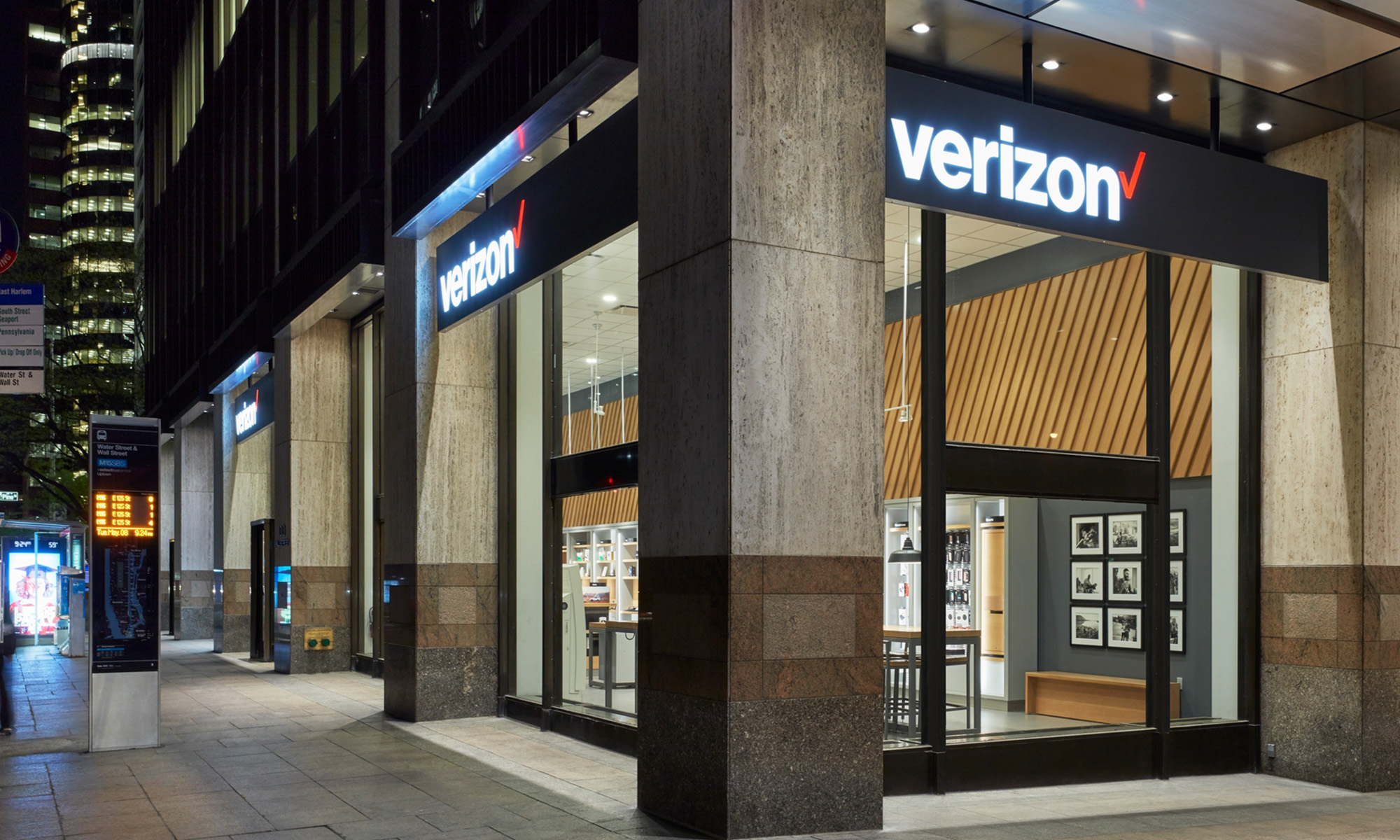Units of Energy Transfer (ET +0.61%) have stumbled this year, declining by more than 10%. The energy midstream giant has woefully underperformed the S&P 500 (^GSPC +0.19%), which has rallied nearly 10% so far this year.
The master limited partnership's (MLP) underperformance may have some investors wondering whether it's time to get out of their investment. Here's a look at what has weighed on the midstream giant, and whether it has the fuel to rise again.

Image source: Getty Images.
A speed bump
Energy Transfer is coming off a strong year. The MLP produced a company-record $15.5 billion in adjusted earnings before interest, taxes, depreciation, and amortization (EBITDA) last year. That was at the high end of its guidance range, and up 13% from 2023's level.
The pipeline company also generated a record $8.4 billion in distributable cash flow in 2024, a 10% year-over-year increase. Energy Transfer capitalized on strong market conditions and got a boost from acquisitions (Crestwood in late 2023 and WTG Midstream in the middle of last year).
However, the midstream giant's growth rate has slowed considerably this year. It has generated nearly $8 billion of adjusted EBITDA and $5.5 billion of distributable cash flow through the first half of 2025, representing increases of 4% and less than 1%, respectively. Those sluggish growth rates are due largely to a lack of catalysts. Energy Transfer has completed fewer growth capital projects and isn't getting as big a boost from recent acquisitions. Additionally, market conditions have been more volatile this year.

NYSE: ET
Key Data Points
As a result of these factors, Energy Transfer currently expects its adjusted EBITDA to be at or slightly below the lower end of its $16.1 billion-$16.5 billion guidance range. That implies less than 4% growth compared to 2024.
A reacceleration is on the way
While Energy Transfer is benefiting from fewer growth catalysts this year, the momentum should shift as it heads into 2026. The MLP is investing $5 billion in growth capital projects this year, with the bulk of these projects entering service through the end of next year. It has recently completed two new gas processing plants and has another scheduled for completion in the second quarter of next year.
Energy Transfer is also wrapping up construction on its Nederland Flexport NGL expansion. Additionally, the company is building both phases of the Hugh Brinson Pipeline, which should enter service at the end of next year. These and other projects should fuel a substantial increase in its earnings and cash flow in 2026 and 2027.
Meanwhile, Energy Transfer has recently secured several more growth projects. The most notable is the Desert Southwest expansion of its Transwestern Pipeline. The $5.3 billion project should enter service by the end of the decade. Energy Transfer also approved projects with in-service dates in 2027 and 2028. As a result, it now has visible earnings growth into the next decade.
Energy Transfer has many more expansion projects under development. It's getting closer to approving the long-delayed Lake Charles LNG export project. The MLP is also working on several potential projects to supply gas to new power plants and data centers. Securing these and other projects would further enhance and extend Energy Transfer's growth outlook.
Additionally, Energy Transfer is currently in the strongest financial position in its history. That puts it in an excellent position to continue making acquisitions as the right opportunities emerge.
While Energy Transfer hasn't made a deal this year, its affiliated MLP Sunoco LP has agreed to buy Parkland for $9.1 billion. Sunoco expects the deal to boost its earnings by more than 10% in the first year. As a major Sunoco investor, Energy Transfer's financial results will benefit from this deal when it closes later this year.
Definitely not out
Energy Transfer's slowing growth in 2025 has weighed on its unit price. However, a growth reacceleration appears to be right around the corner. Because of this, the recent dip in the unit price appears to be a compelling buying opportunity for those who are comfortable receiving the Schedule K-1 federal tax form that the MLP sends investors each year.
In addition to the upside potential as its growth engine reaccelerates, investors can lock in the MLP's more than 7.5%-yielding distribution, which should steadily grow in the coming years as its income rises. These catalysts potentially position investors to earn a high-octane total return from here.






